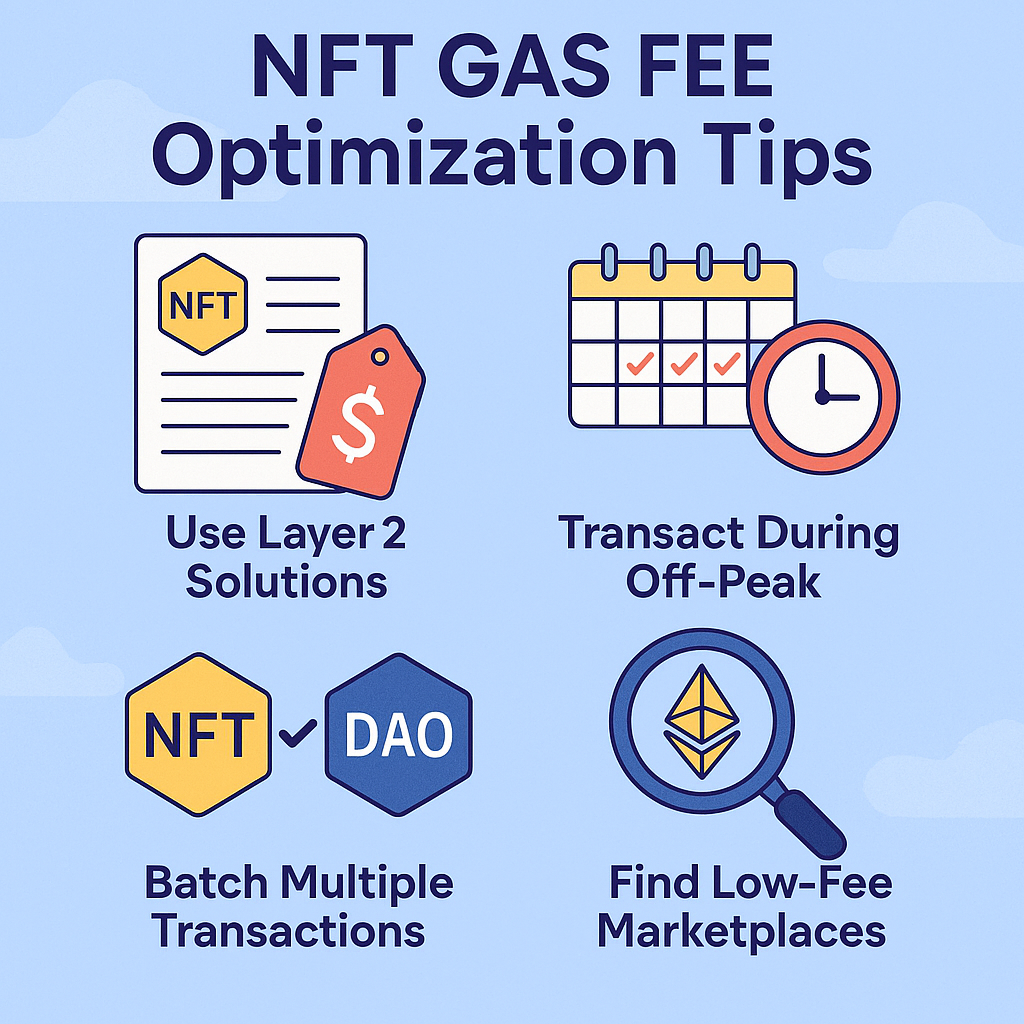This article covers Nft Gas Fee Optimization Tips which are helpful for creators, traders, and collectors to minimize expenses and maximize transaction efficiency.
Efficiency is smoother and costs are reduced when using the Layer-2 networks, alternative blockchains, or off-peak times for NFT transactions. Overall experiences from the blockchain will be better for everyone involved in the NFT space.
| Key Strategy for Reducing Gas Fees | Description / Tip |
|---|---|
| Use Off-Peak Transaction Times | Execute transactions when network activity is low to lower gas fees. |
| Choose Layer-2 Networks | Use Layer-2 solutions like Arbitrum or Optimism for cheaper transactions. |
| Batch Transactions | Combine multiple operations in a single transaction to save fees. |
| Use Gas Fee Trackers | Monitor real-time gas fees using tools like Etherscan or GasNow. |
| Set a Custom Gas Limit | Manually adjust gas limits to control transaction costs. |
| Opt for Lazy Minting | Mint NFTs only when purchased to avoid upfront gas costs. |
| Use Gas-Optimized Marketplaces | Choose marketplaces that optimize smart contracts for lower fees. |
| Avoid Peak Events | Refrain from transacting during popular drops or network congestion. |
| Upgrade Your Wallet Settings | Enable advanced wallet options like fee prioritization or batching. |
| Consider Alternative Blockchains | Use other blockchains (e.g., Solana, Polygon) with lower transaction fees. |
1. Use Off-Peak Transaction Times
By setting up transactions during off-peak hours, where there is minimal network congestion, users can greatly reduce costs. Off-peak hours tend to be monitored and are mostly during late hours or on the weekends.
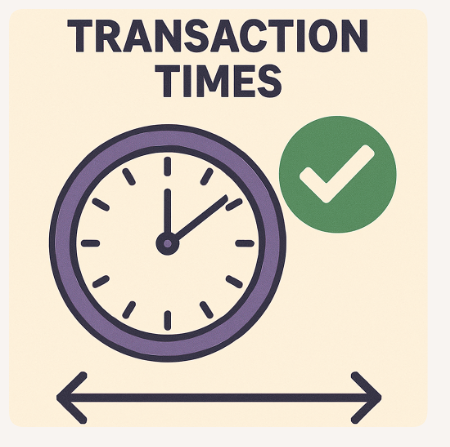
This is particularly important for users aiming to complete transactions during late nights or weekends. NFT Gas Fee Optimization Tips point out that off-peak hours are extremely cost-effective for covering the expense of minting or transferring NFTs.
Following these tips ensures that you achieve quicker off-peak processing and do not need to deal with congested periods, which reduces premium fee congestion.
Use Off-Peak Transaction Times
- Inactive periods of the network incur lower gas fees.
- Transaction confirmation occurs more quickly.
- Economical minting and transferring of NFTs.
2. Select Layer-2 Networks Preferably.
Off-Chain and layer-2 networks such as Arbitrum, Optimism, and Polygon are built on top of Ethereum and execute off-chain transaction processing to ease congestion on the main chain.

NFT Gas Fee Optimization Tips suggests using these solutions, claiming they maintain security while driving costs to the bare minimum. These networks consolidate multiple transactions and process them as a single transaction on Ethereum, reducing costs.
Artists, collectors, and traders enjoy faster transaction processing and low-cost NFT minting and trading. Users are able to frequent activities that would have been expensive on the off-chain layer. This broadens accessibility and reduces cost for all who take part in the NFT ecosystem.
Choose Layer-2 Networks
- Offchain transaction processing.
- Costs are substantially lower.
- Increased efficiency without sacrificing security.
3. Batch Transactions
Batching is the process of grouping multiple Nyx transactions into a single transaction to minimize the overall system gas consumption. NFT Gas Fee Optimization Tips mentions batching as a beneficial technique for NFT authors and traders executing multiple actions at the same time.
For instance, it is more cost effective to mint a set of NFTs or transfer them to multiple wallets in a single transaction rather than executing individual transactions for each.
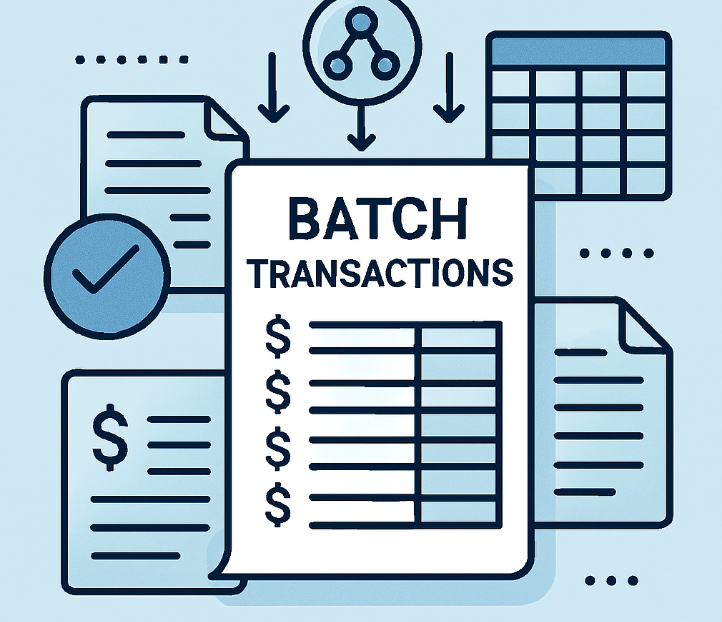
Today, many wallets and smart contract platforms offer support for batching, providing a way to remove repetitive actions regardless of the potential security risks involved.
The monetary savings, combined with more efficient work processes, make batching an indispensable technique for NFT transactions.
Batch Transactions
- Multiple operations are fused into a single transaction.
- Saves gas fees.
- Effective for NFT minting or transferral in bulk.
4. Track Fees In Real Time
Netork congestion as well as recommended fees can be monitored using gas trackers such as Etherscan Gas Tracker, GasNow, and Blocknative. NFT Gas Fee Optimization tips advise checking these trackers long before any transaction.
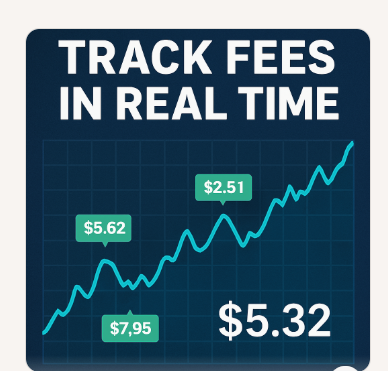
Users can take advantage of fee trends and select gas prices that ensure processing at a bargain. Some trackers provide alerts when fees drop, which can be strategically used for timing NFT mints and transfers.
Habitual usage of gas trackers prevents overspending and guarantees effective budget planning for blockchain transactions, which is especially useful for NFT traders, collectors, and artists looking to optimize costs.
Use Gas Fee Trackers
- Monitors network fees in real-time.
- Capture the best moments for transactions.
- Eliminates paying more than the necessary amount.
5. Set a Custom Gas Limit
With regards to ethereum trades, the gas limit is the maximum the user is willing to pay. In the article NFT Gas Fee Optimization Tips, Gas Limit Overpayment is addressed, cautioning NFT creators to avoid setting overly high gas limits.

There is a balance that must be reached when estimating gas, as each side has its drawbacks. Many wallets offer preset limits, but it is always better to set them manually.
Automat varieties for gas limit setting offer users ease, however, for traders and creators it offers more ease to adjust limits manually. This method provides better efficiency and helps creators and traders reduce gas costs.
Set a Custom Gas Limit
- Provides control over the most gas willing to be spent.
- Prevention of excessive spent is achieved.
- Transactions are guaranteed to be executed without funds being squandered.
6. Choose Lazy Minting Option
With lazy minting, gas fees for blockchain records are paid only when an NFT is purchased, not beforehand. After all, Lazy minting is considered by NFT Gas Fee Optimization Tips as one of the best ways for controlling costs. In lazy minting, the NFT is not on-chain initially.
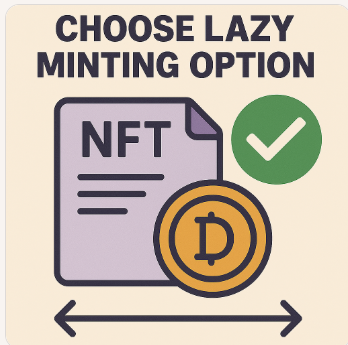
The NFT only goes on-chain when a buyer mints it, and it is the buyer who pays the gas fee. This approach allows NFT creators to face less financial burden, as the only risk is paying for gas fees.
The approach is beneficial for novice artists or small projects that hope to minimize the costs of the initial gas fees while aiming to provide an opportunity for collectors and buyers to purchase NFTs in a cost-effective manner.
Opt for Lazy Minting
- Purchasing minting NFTs activates the minting process.
- Creators are not burdened with upfront gas expenditures.
- Financial risk is minimized and supports more creative risk taking.
7. Utilize Gas Optimized Marketplaces
Some NFT marketplace gas optimization employs smart contract algorithms that utilize batching to save on gas fees. NFT Gas Fee Optimization Tips suggests selecting these marketplaces to minimize transaction costs when minting, listing, or trading.
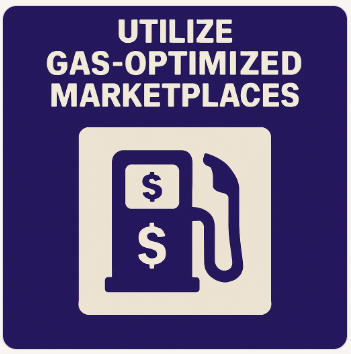
OpenSea, Rarible, and LooksRare have incorporated layer-2 solutions and lazy minting. Gas-optimized marketplaces help users avoid paying excessively high costs during congested periods.
These marketplaces are secure and economically appealing, allowing active participation without crippling expenses which makes them ideal for active participants in the NFT ecosystem.
Use Gas-Optimized Marketplaces
- Intelligent market places have efficient smart contracts.
- Support Layer-2 solutions and efficient batching.
- Reduced costs for minting, listing and trading.
8. Handling Tasks During Off-Peak Hours
Events like gas wars, NFT auctions, and drops usually cause a lot of people to use the network at the same time, which pushes up gas fees. NFT Gas Fee Optimization Tips emphasize the importance of staying away from these peak periods, especially when executing ETH dependent transactions like auctions, drops or otherwise.

Users make cashable transactions when gas fees are the least by avoiding periods of peak demand. Keeping track of NFT calendars and other community updates helps to pinpoint times of stillness, where things are quiet.
For heavy mints, bids and transfers, staying away from peak events is important to make sure gas is reduced, transactions are confirmed quicker, and NFTs are transferred smoothly. Having this foresight ensures users spend lesser gas, quicker confirmations, and cost effective gas with smoother transactions.
Avoid Peak Events
- Participant in auctions or NFT drops when activity is high.
- Lower gas fees and lesser transactions being failed.
- Enhances the experience with the blockchain.
9. Alter Transactions Minimum Gas Cost, Max Security Optimization
Fee prioritization, batching, and advanced transaction cutting are examples of new wallet features offered by modern wallets. NFT Gas Fee Optimization Tips Encourages users to advanced wallet gas settings or to configure circuit to make the most of the advanced features to gas fees.
Users controlling costs with settings marked as “slow,” “average,” and “fast” chargeable fees is some configuration offered by Selectable Wallets.
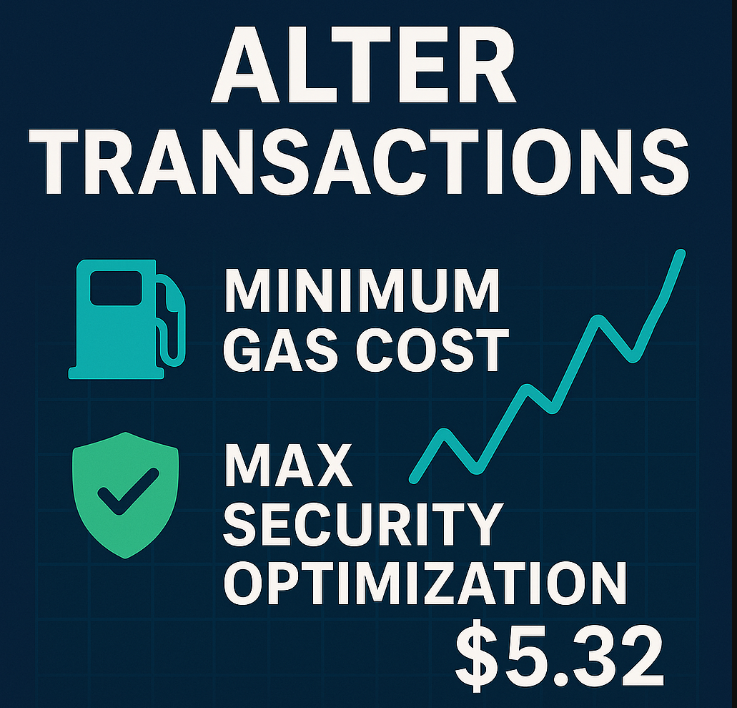
Cost effective suggestions provided by some wallets of timing and layer-2 placement make the payment less expensive. Improved wallet features also aid in users executing gapless transactions and enhances reliability and security of the process.
Upgrades ensures gasless transactions are provided by innovations that came with the effortless use of interfaces.
Adjust Your Wallet Configuration
- Allows sophisticated transaction customization and focuses on fee optimization.
- Enables batching and layer-2 implementations.
- Enhances effective cost management and security.
10. Explore Other Blockchains
The high gas costs on Ethereum create opportunities for other blockchains such as Solana, Polygon, Avalanche, or Tezos. NFT Gas Fee Optimization Tips recommends these blockchains for their lower fees and better service for minting, trading, and transferring NFTs.

They provide lower costs, quicker transactions, and an expanding network of NFT marketplaces. Numerous platforms provide cross-chain compatibility which allows access to a broader audience.
Picking a blockchain with lower gas costs increases the user’s profit margin while promoting greater participation. For all-around effective, inexpensive, and NFT scalable interaction, other blockchains must be explored.
Look at Other Blockchains
- Take advantage of: Solana, Polygon, Avalanche and Tezos.
- Their transaction fees are cheaper and confirmations are quicker.
- Tap into expanding marketplaces and cross-chain possibilities.
Conclusion
Minimizing NFT gas fees unlocks smoother blockchain experiences and augmented efficiency. With off-peak hours, Layer-2 networks, gas trackers, and batching transactions, speed and security are preserved while costs are optimally minimized.
Avoiding gas-optimized NFTs during peak times, upgrading blockchain wallets, and customizing gas limits also minimizes costs. NFT gas fees optimization tips such as lazy minting allow greater freedom and sustainability for innovators, traders, and NFT enthusiasts.


